
(date unknown)
Ludwig Cauer (28 May 1866, Bad Kreuznach - 27 December 1947, Bad Kreuznach) was a German sculptor. [1]

Ludwig Cauer (28 May 1866, Bad Kreuznach - 27 December 1947, Bad Kreuznach) was a German sculptor. [1]

He was born into a family of sculptors who operated a workshop founded by his grandfather Emil Cauer the Elder. After Emil died in 1867, his father Karl and uncle Robert took over the studio and, when he was old enough, he received his first training there along with his brothers Emil, Robert and Hugo (1864-1918), who would also become sculptors of some note. At the age of fifteen, his father took him on a study trip to Rome. After his father died in 1885, he went to Berlin, where he worked in the studios of Albert Wolff and Reinhold Begas, passing the craftsman examination at Koblenz in 1887. This was followed by a year of military service.
He spent the years 1891 to 1893 in London then, after a brief stay in Bad Kreuznach, lived in Berlin from 1895 to 1905. During that time, he worked on the Siegesallee (Victory Avenue) project of Wilhelm II, also producing statues for fountains and contributing to the National Kaiser Wilhelm Monument.
After completing his part of the Siegesallee, he began working in a simpler style. In 1911, he was awarded the Villa Romana Prize and spent 1912 in Florence at the Villa as a guest of the Deutscher Künstlerbund. He was appointed a Professor at the Prussian Academy of Arts in 1916. After World War I, he returned to Bad Kreuznach and concentrated mostly on funerary art. In 1941, the Nazi government issued a Berufsverbot (professional disqualification) against him.[ citation needed ]
His daughter Hanna and son Eduard also became sculptors.

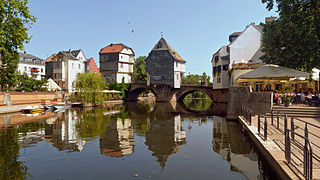
Bad Kreuznach is a town in the Bad Kreuznach district in Rhineland-Palatinate, Germany. It is a spa town, most well known for its medieval bridge dating from around 1300, the Alte Nahebrücke, which is one of the few remaining bridges in the world with buildings on it.
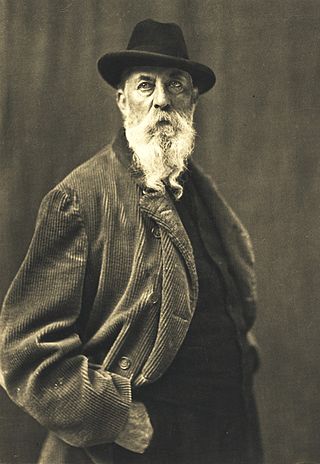
Reinhold Begas was a German sculptor.
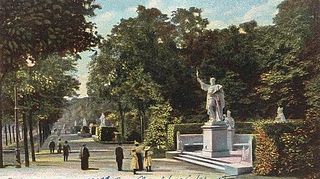
The Siegesallee was a broad boulevard in Berlin, Germany. In 1895, Kaiser Wilhelm II ordered and financed the expansion of an existing avenue, to be adorned with a variety of marble statues. Work was completed in 1901.
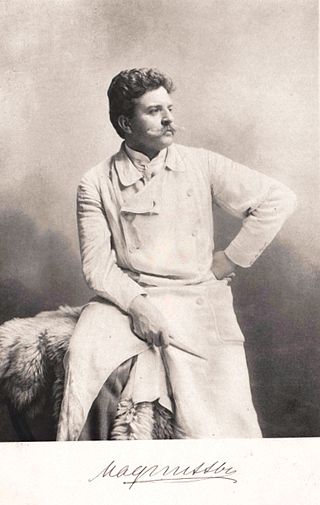
Harro Magnussen was a German sculptor.

Bruno Schmitz was a German architect best known for his monuments in the early 20th century. He worked closely with sculptors such as Emil Hundrieser, Nikolaus Geiger and Franz Metzner for integrated architectural and sculptural effect.

The National Kaiser Wilhelm Monument (Kaiser-Wilhelm-Nationaldenkmal) was a memorial structure in Berlin dedicated to Wilhelm I, first Emperor of Imperial Germany. It stood in front of the Berlin Palace from 1897 to 1950, when both structures were demolished by the German Democratic Republic (GDR) government.

John II, Margrave of Brandenburg-Stendal was co-ruler of Brandenburg with his brother Otto "with the arrow" from 1266 until his death. He also used the title Lord of Krossen, after a town in the Neumark.

Adolf Brütt was a German sculptor. He was the founder of the Weimarer Bildhauerschule and its accompanying bronze foundry.

Emil Friedrich Franz Maximilian Graf von Schlitz genannt von Görtz was a German sculptor, Hessian nobleman, cultural policymaker and confidant of Kaiser Wilhelm II.

Joseph Johann Ludwig Uphues was a German sculptor.

Johannes Gottfried Götz was a German sculptor.

August Friedrich Johann Kraus was a German sculptor.

Norbert Pfretzschner was an Austrian sculptor and the only author of books on hunting.

Max Unger was a German sculptor.
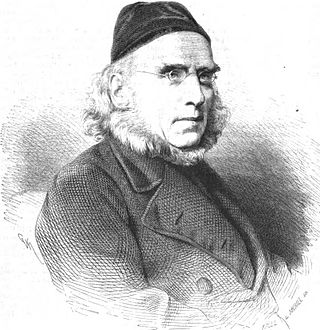
Emil Cauer the Elder was a German sculptor in the Classical style. Many of his children and grandchildren also became sculptors.
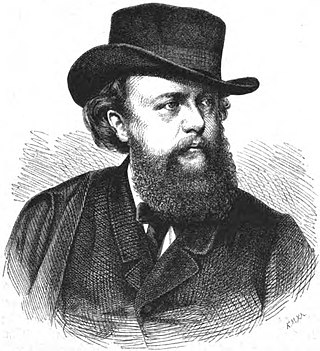
Robert Cauer the Elder was a German sculptor known for his funerary art.
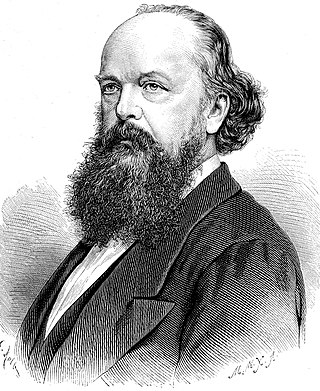
Karl Ludwig Cauer was a German sculptor in the Classical style.

Emil Cauer the Younger (1867–1946) was a German sculptor, known for his monuments and fountains in Berlin.
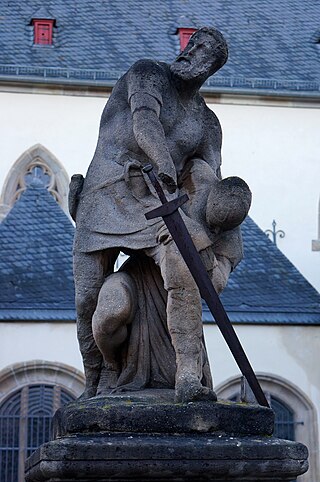
Robert Cauer the Younger was a German sculptor.

Stanislaus Cauer was a German sculptor, medallist and art teacher. He is best known for his monument to Friedrich Schiller.